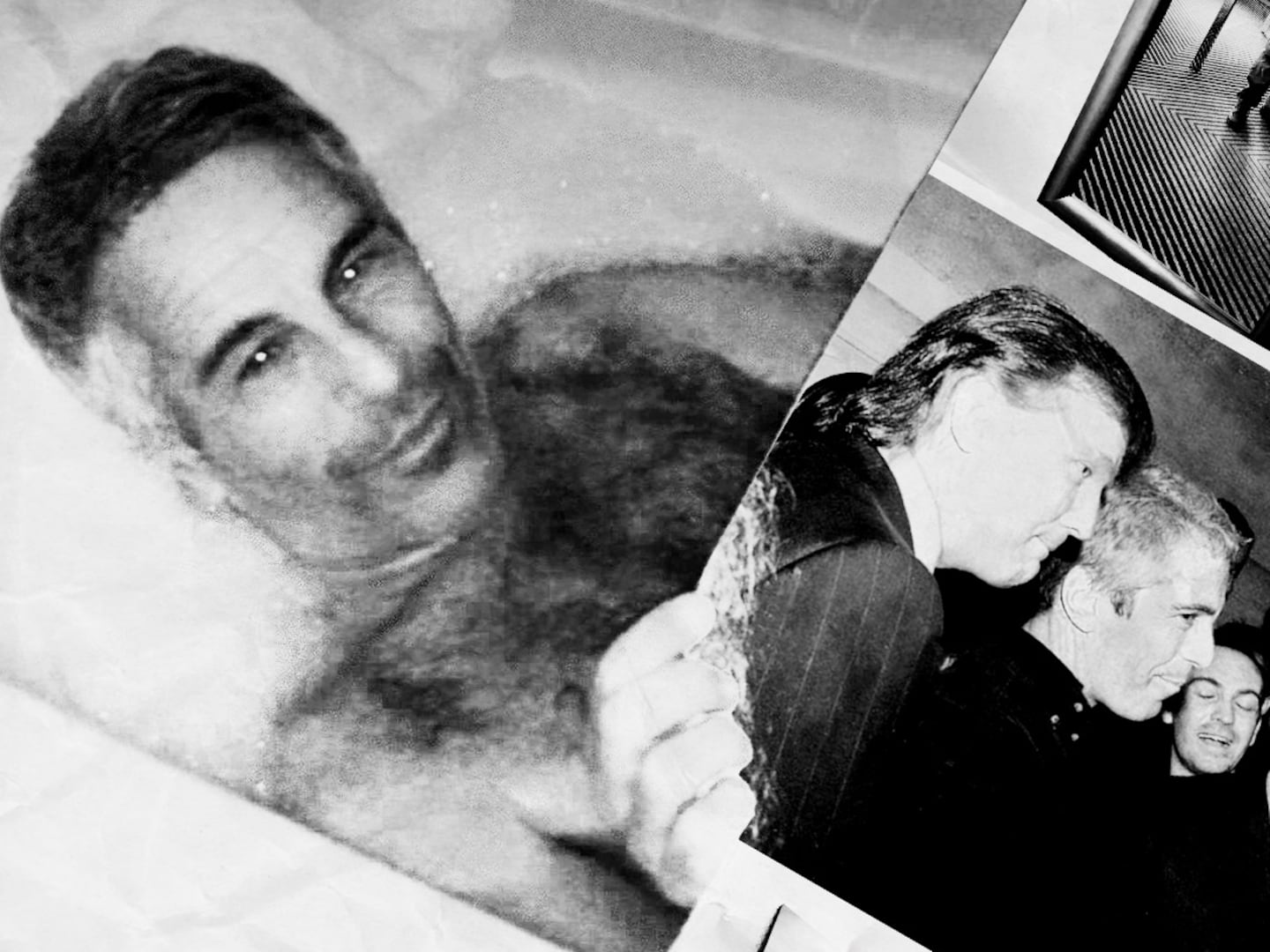
As a late-winter snowstorm barreled down from the Midwest, threatening the mid-Atlantic, David Kenny, the Weather Channel’s CEO, was following the news on his own network, monitoring what his meteorologists were saying online and in digital downloads. He was also, of course, answering phone calls.
“Everyone I know who lives in Chicago or D.C. has been calling for a personal forecast,” he said by phone from Tucson, Arizona, where he was attending a technology conference. “We are prepared for this.”
In the world of media behemoths, the most voracious may well be the Weather Channel, a subsidiary of NBCUniversal Media. The network, which grabbed the Weather.com domain back in the earliest days of the Internet, now draws some 163 million monthly unique visitors to its sites. Its digital app has been downloaded 106 million times. Consulting firm Frank N. Magid Associates says the company, across its various platforms, has an 89 percent share of the weather audience—a particularly obsessive set.
The Weather Channel is even powerful enough to face down the U.S. government.
This winter, the network began naming winter storms—the way the National Hurricane Center names hurricanes and has been doing in concert with governments around the world for more than half a century. (The practice began to avoid confusion when one storm is quickly following another.)
The Weather Channel’s names however—this week’s storm is Saturn; it was preceded by Athena, Brutus, and Caesar, not to mention Nemo, Gandolf, and Khan—have led some to accuse the station of gimmickry.
“You talk about the third rail in weather politics, that is it,” says Michael E. Mann, director of the Earth System Science Center at Penn State University. “People are uncomfortable that it sets a new precedent with a commercial venture wading into those waters, waters that have historically been the purview of the National Weather Service.”
An official at the National Weather Service declined to criticize the company, but noted that “we don’t recognize those names.” But competitor AccuWeather, the Yahoo to the Weather Channel’s Google, has had plenty to say. “In unilaterally deciding to name winter storms, The Weather Channel has confused media spin with science and public safety and is doing a disservice to the field of meteorology and public service,” Accuweather said in a statement last October.
“If I were to ask you if you know a lot about Hurricane Sandy, I would guess your answer would be yes,” says Barry Lee Myers, the CEO of AccuWeather. “If I were to ask you about Winter Storm Gandalf or Drago, I bet your answer would be, ‘Gee, I really don’t know.’
“They are a media company, and we live in a free country,” he added. “We just see confusion resulting when people want to know how a storm will affect them.”
The Weather Channel defends the practice. “One thing we now know is that some of the way people understand the weather is to understand what is being tweeted about the weather real time,” Kenny says. “In Nemo we know that there were 400 million tweets and a little over 400 million Instagram photos posted about the storm,” he said. “We have a core skill set in communication, and I think that we are moving at the speed of the consumer, and the consumer has moved to social media faster than some people have responded. I think you also have to look at the argument.”
There’s little question that weather consumers like updates—a lot of them. Kenny says that nearly half of all smartphone users check their weather app every day, and industry insiders note that even though smartphone users have been skittish about privacy in the past, users of weather-related apps are willing to hold up their phone to the sky to have their exact address tracked if it means getting an up-to-the-minute, hyperlocalized report.
Advertisers—and the weather sites—are leveraging the obsession. On the Weather Channel’s Android app, sponsors can customize their advertisements to the weather, “So Toyota has a car in the snow for the prediction of snow, it has a truck out fishing for the prediction of sun, it’s got windshield wipers for rain,” Kenny says.
Meanwhile, the Weather Channel’s empire expansion continues. Last July the company bought Weather Underground, a site for the hard-core weather enthusiast that relies on the personal weather stations people place in their backyards and maintains a database of comprehensive historical weather data. (The sale was not without controversy: Jeff Masters, the founder of Weather Underground, says his legion of fans felt as though their favorite underground rock band had signed with a corporate label and gone mainstream.) Plus, the Weather Channel now owns both the companies that provide the graphics—that smiling sun and the thick-font temperature—featured on some 600 local news broadcasts across the country. The service costs “several thousand dollars a month,” says Nate Johnson, a meteorologist at WRAL in Raleigh, North Carolina.
For local meteorologists like Johnson, the expansion is particularly worrisome. They fret that it won’t be long before the Weather Channel is able to replace them entirely, with local anchors throwing to TWC headquarters in Atlanta for a customized forecast. “We are essentially cutting a check to our competition,” says Johnson. “I don’t know if enough local broadcasters recognize that it is the competition, but they are. When big weather hits my market, I want all the eyeballs watching me.”
“We could soon be seeing the merger of the local into the national,” says Kevin Selle, the chief meteorologist for Texas Cable News in Dallas and the host of Weather Brains, a popular weather-related podcast. “A lot of these local broadcasters are going to be blindsided by it.”
Asked if there was a plan to move into local networks, Kenny pauses. “I think there is a not a plan to rebrand all the local broadcasts,” he says.
AccuWeather has been making plays of its own, including a recently announced deal to move into the Chinese market. But that news gets a shrug from Kenny. “I would say we are in deeper in China,” he says. And he’s optimistic about the future—his company’s, anyway. Kenny figures his global reach can only grow as climate change drives a demand for up-to-the-moment, wherever-you-are weather reports, particularly from businesses that need to learn quickly about shipping routes and conditions in far-flung locales.
So, ultimately, the Weather Channel has a plan for worldwide domination?
“I am not going to say something that arrogant,” said Kenny.
Others are less circumspect.
“They are certainly trying,” says Selle, the Texas Cable News meteorologist. “Whether they succeed or not will be up to history.”






